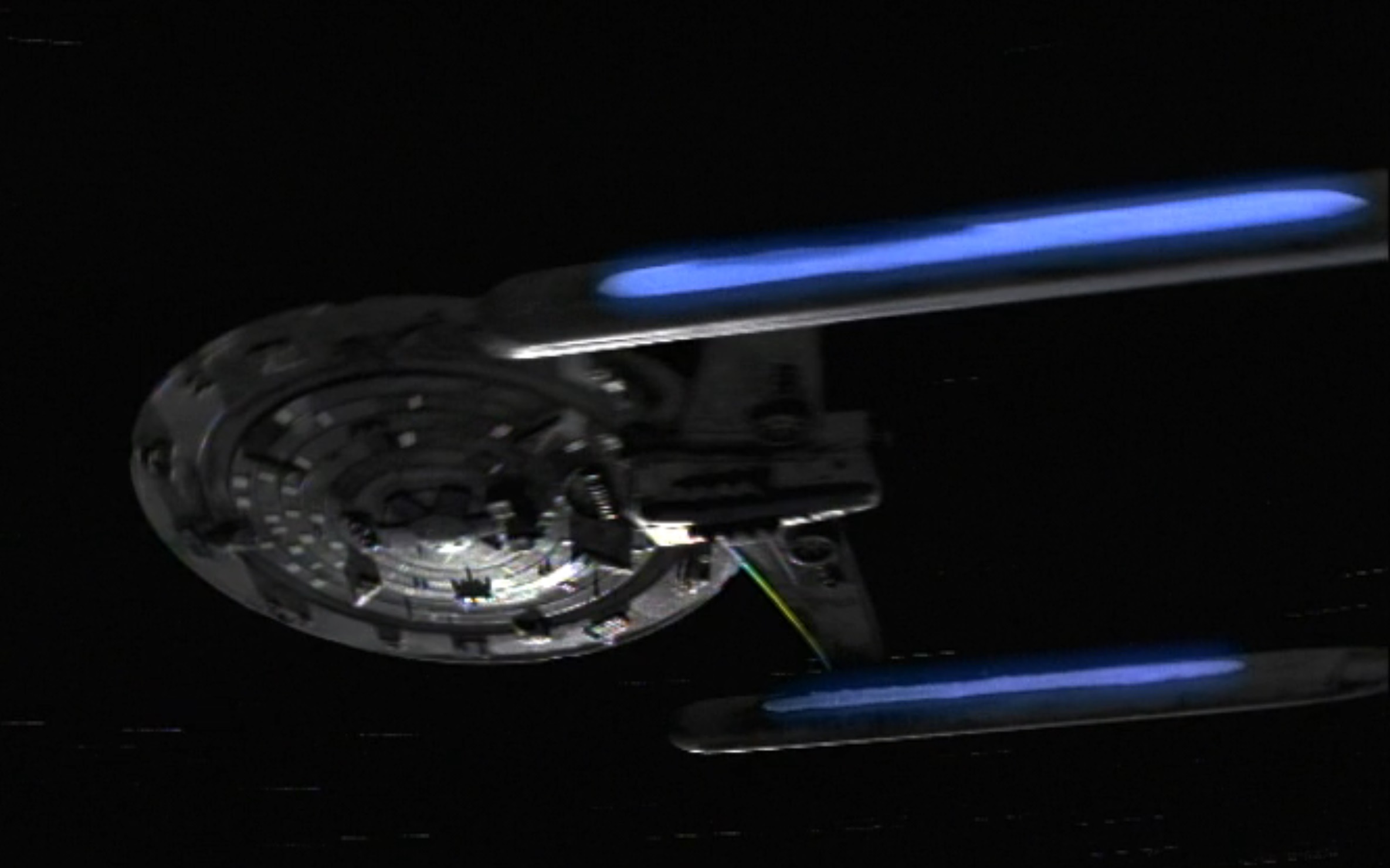Whipple shield wouldn't work.
There's no "projectile" just phasers. And large explosions with torpedoes.
As I said, it would work against projectiles. There are other threats in the universe besides combat, such as meteoroids. And just because Trek writers tend to be lazy enough to routinely fall back on ray guns as the default weapon, that doesn't mean it's impossible that some civilizations would still employ kinetic projectiles, as kinetic energy can be just as destructive as any other form of energy. Just because the show writers' imaginations are limited doesn't mean ours have to be. (My very first published work of Trek fiction,
SCE: Aftermath, posited just such an antagonist, a civilization that used weapons and defenses modeled on the ones used in
Gene Roddenberry's Andromeda, which took a hard-SF approach to space combat.)
Also, you missed the point that it's not about choosing one exclusive option. What you want is several different kinds of shielding at the same time, since each one provides a different kind of protection. A Whipple shield would naturally be
on top of whatever other armor layers you have. The whole point is that it's separated by vacuum from the body of the ship, so that a projectile vaporizes from impact with it (as any sufficiently high-velocity object would) and the vacuum keeps the heat and shock from being transmitted to the ship. So it adds very little mass to whatever other armor you've got underneath it, and thus there's little cost to adding it on top.
I guess you could cover the hull in 2 meter thick tungsten or lead.
That would be an incredibly bad idea for several reasons. Dense physical armor around a ship would diminish its ability to shed waste heat, limit its maneuverability and acceeleration, and actually pose a serious risk of irradiating the crew from secondary particle cascades in the armor material if it were struck by a high-energy beam or kinetic weapon. (Which is why the "Batmobile armor" in
Voyager: "Endgame" is so monumentally stupid.)
Or like a tholian have a diamond/crystal hull.
Yes, the Atomic Rockets page does say that armor made of some form of carbon such as synthetic diamond would be good against energy weapons because of its high vaporization energy. Which, again, is the opposite of ablative armor, something whose whole point is to vaporize.
Ablative armour would still work as long as you have alot of layers.
It's not a binary question. Yes, it works, but the point is that it wouldn't automatically work
better than other kinds of armor. Just because it's a word they liked to use on the TV shows doesn't mean it's the best or only option for starship armor.
Plus ships are moving targets
Yes, I already cited exactly that as the reason you want a material that ablates as
little as possible, as discussed at the Atomic Rockets page -- so that little damage is done to a specific impact point before you can move the ship to shift the impact point. So that's an argument
against armor that easily ablates, not in favor of it.

 )
)
